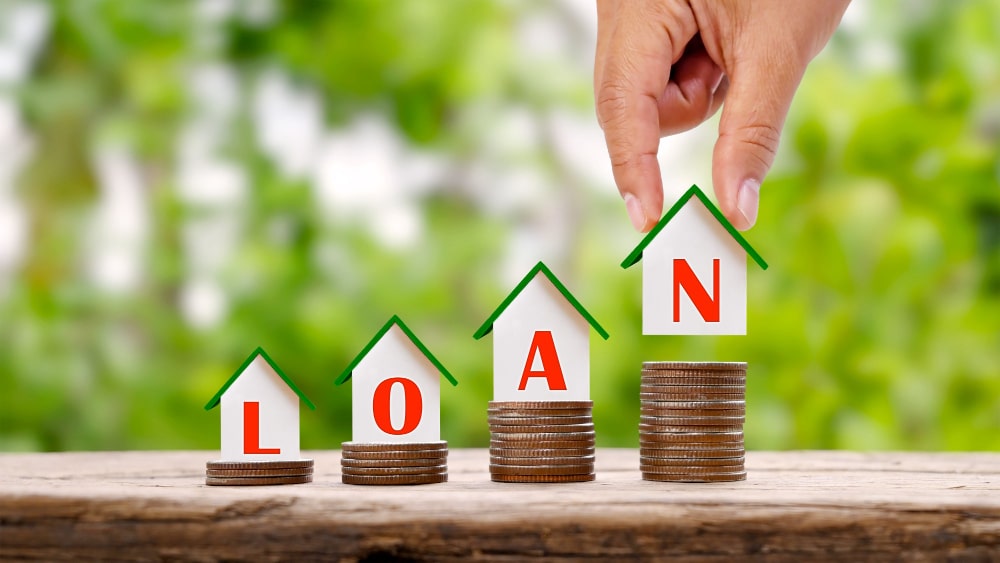Upgrading and remodeling your home not only makes it look and work better but also increases its value. Yet, figuring out how to pay for these changes can seem hard. This guide will show you the different home remodeling loan options, making it easier and cheaper to turn your dream home updates into reality. Whether you’re thinking about small changes or a big makeover, knowing your loan choices is key.
1. Home Equity Loans and HELOCs: Using Your Home’s Value
Home Equity Loans give you a big amount of money all at once with a fixed interest rate and payment plan. They’re great if you know exactly how much your project will cost. You use the value of your home to get this loan. Click here to read more about Home Equity Loans.
HELOCs are like a credit card but for your house. You can borrow money up to a limit anytime you need, which is perfect for projects that cost different amounts over time. Both options use your home’s value to let you borrow money. You can read more about HELOCs by clicking here.
How to Get a Home Equity Loan or HELOC:
- Figure Out Your Home’s Equity: Subtract how much you owe on your house from its current value.
- Shop Around: Look for the best interest rates from different lenders.
- Apply: Get your paperwork ready, like proof of income, home value, and credit score.
- Personal Loans: Fast and Flexible
Personal loans don’t need any property as security and are quick to get. This makes them a good choice for smaller projects or if you don’t have much equity in your home. They have higher interest rates but are easy and fast to get.
Getting a Personal Loan:
- Check Your Credit Score: A good credit score gets you a better interest rate.
- Look at Different Lenders: Compare rates from different places, including online.
- Apply Quickly: Choose a lender and give them your personal and financial info.
2. Government Loans: One of The Special Loan Options
Some government loans, like FHA 203(k) and USDA Section 504, are made for home improvements. They often have lower interest rates and longer payback times.
How to Qualify:
- Check If You’re Eligible: Each loan has its own rules, like how much money you make or where your house is.
- Apply: Talk to lenders approved by the government and fill out your application.
3. Credit Cards: Good for Short-Term Needs
Credit cards can be useful for small projects, especially if they have a 0% interest offer at the start. They let you buy things now but need to be paid off before the high interest starts.
Using Credit Cards Smartly:
- Find 0% APR Cards: Look for cards with no interest at the beginning.
- Plan Your Payments: Make sure you can pay it off before the high interest rates begin.
- Construction Loans: Big Money for Big Projects
Construction loans help pay for big makeovers or building projects and turn into regular mortgages later. They need a detailed plan and budget.
Getting a Construction Loan:
- Make a Plan: Know your project details, including how long it will take and how much it will cost.
- Find Experienced Lenders: Look for lenders who know about construction loans.
- Go Through Approval: Be ready for credit checks and possibly a down payment.
4. Personal Line of Credit: Ready Money When Needed
A personal line of credit is money you can borrow up to a certain limit, without needing to put up any security. It’s helpful for unexpected costs or ongoing projects.
Starting a Personal Line of Credit:
- Check Your Credit: Your credit score will affect your interest rate and limit.
- Talk to Banks: You might get better terms from banks you already work with.
5. Contractor Financing: Be Careful but It’s Convenient
Some builders or contractors offer loans for the work they do. While it’s easy, make sure it’s a good deal compared to other loans.
Checking Contractor Financing:
- Understand the Terms: Know the interest rates and how long you have to pay back.
- Compare: Make sure it’s as good as or better than other loans.
6. Home Improvement Loans: Made for Upgrades
Banks sometimes offer special loans for home improvements. They might have better terms than regular personal loans if you have a good credit score.
Applying for Home Improvement Loans:
- Describe Your Project: Know what you want to do and how much it will cost.
- Check Your Credit: A good credit score means a better interest rate.
- Shop Around: Compare offers from different lenders.
7. Government Grants: Free Money for Certain Projects
Look into grants for projects that save energy, improve safety, or make your home more accessible. This money doesn’t need to be paid back.
Finding Government Grants:
- Do Research: Look for grants from the government that fit your project.
- Meet the Requirements: You might need to make a certain amount of money or live in a certain place.
- Fill Out Applications: Be ready to give details about your project.
Your Financing Journey
- Know What You Want: Decide what you want to do and how much it will cost.
- Look at Your Finances: Check your credit score and how much debt you have.
- Find the Best Loan: Look at all your loan options and compare them.
- Read Carefully: Make sure you understand all the loan options and their details.
Conclusion
Choosing the right choice in loan options for your home remodel is important. By looking carefully at what you need, your money situation, and all the different ways to borrow money, you can start your project with confidence. Sharing your story and hearing from others can also help.
We love to see your home remodel projects succeed. Follow us on Instagram for daily inspiration. Share your photos and stories with us, and you might get featured! Let’s get inspired together!




